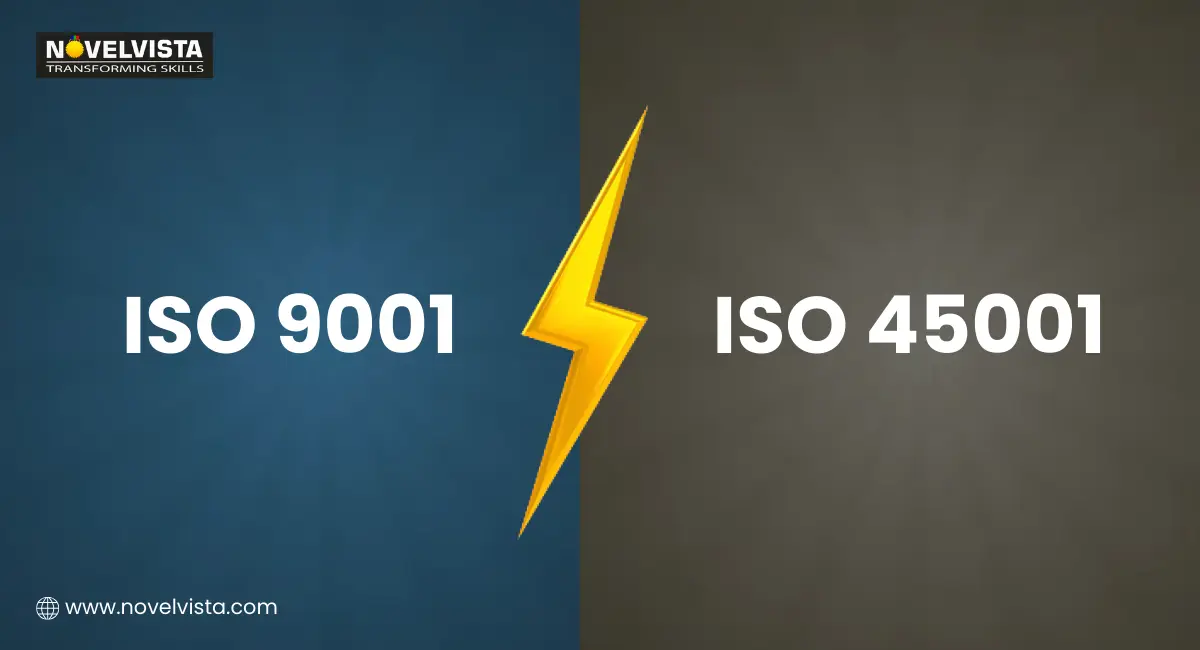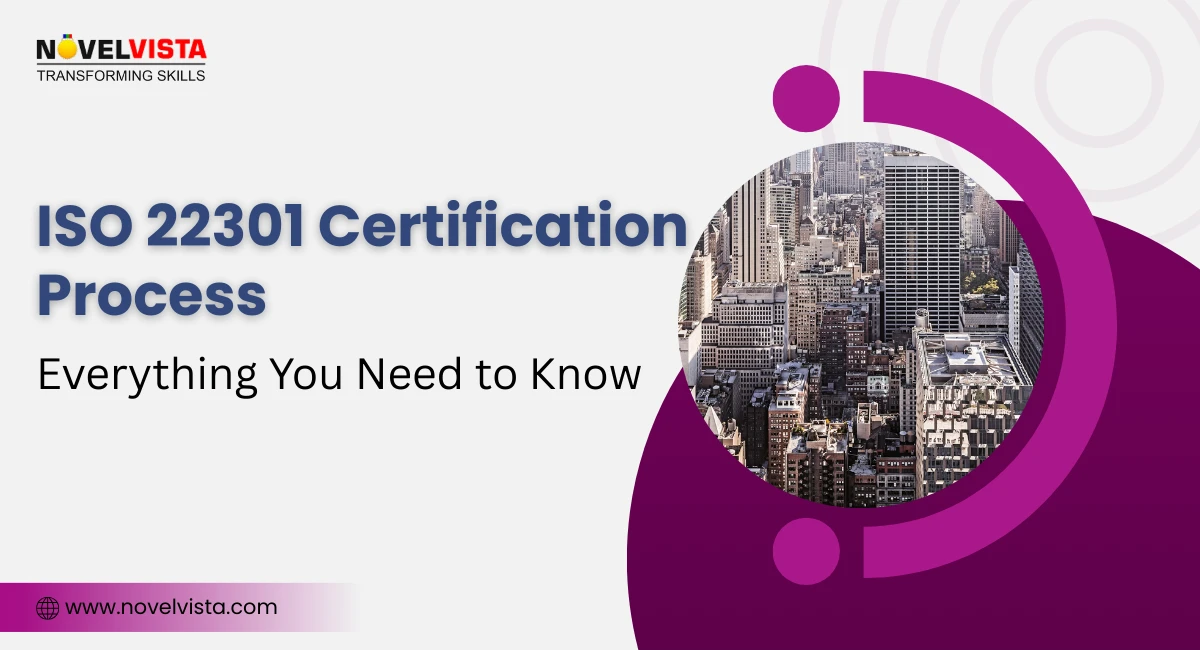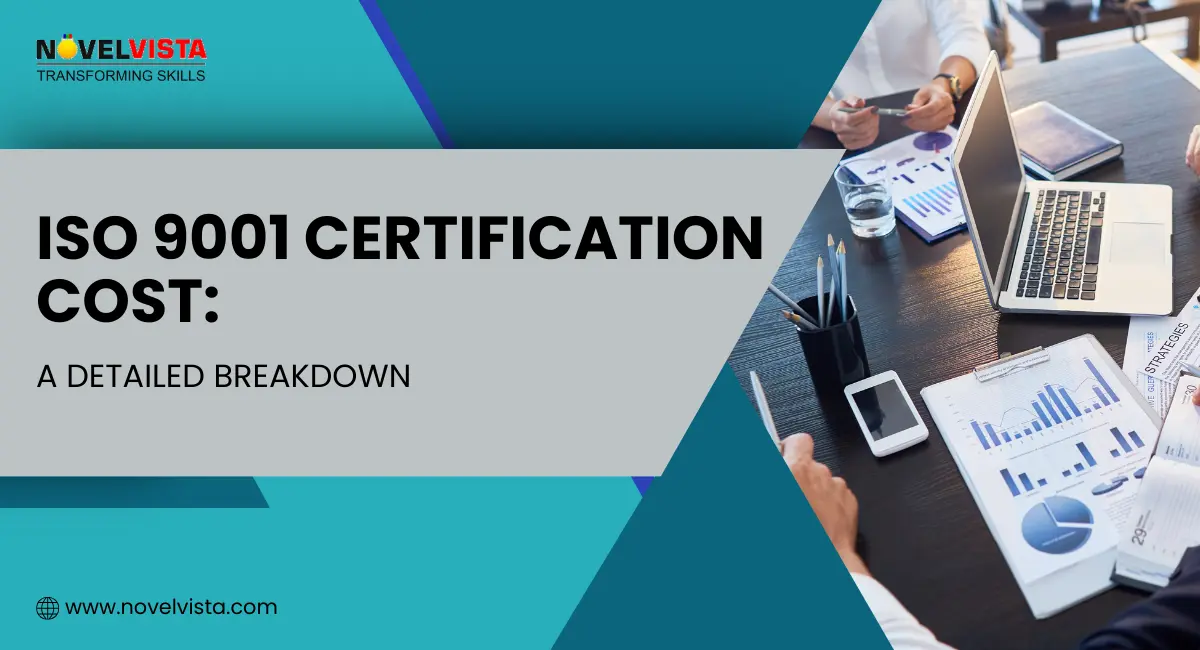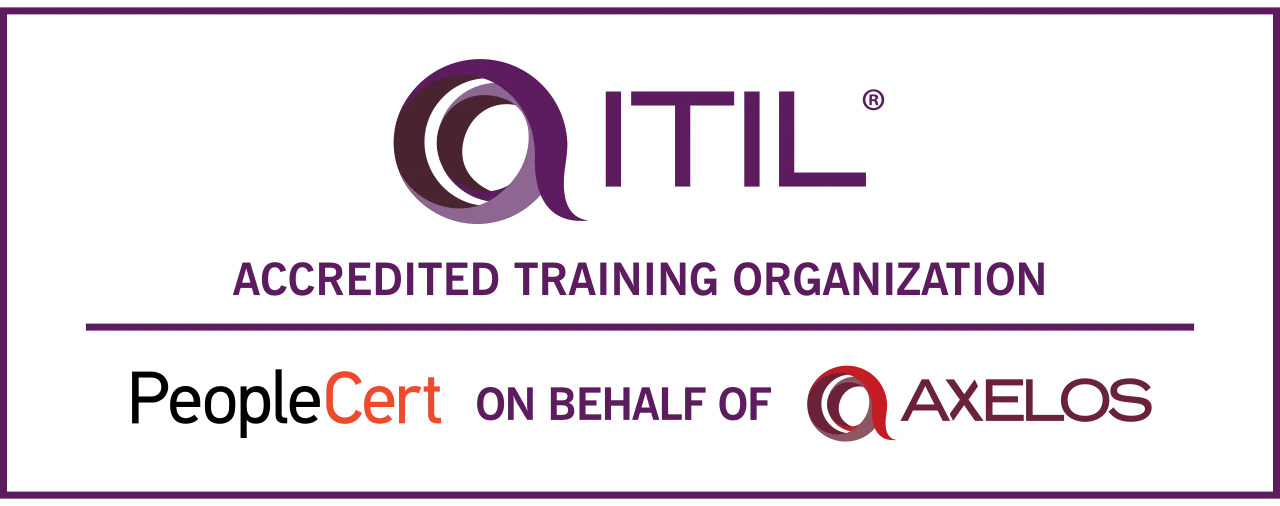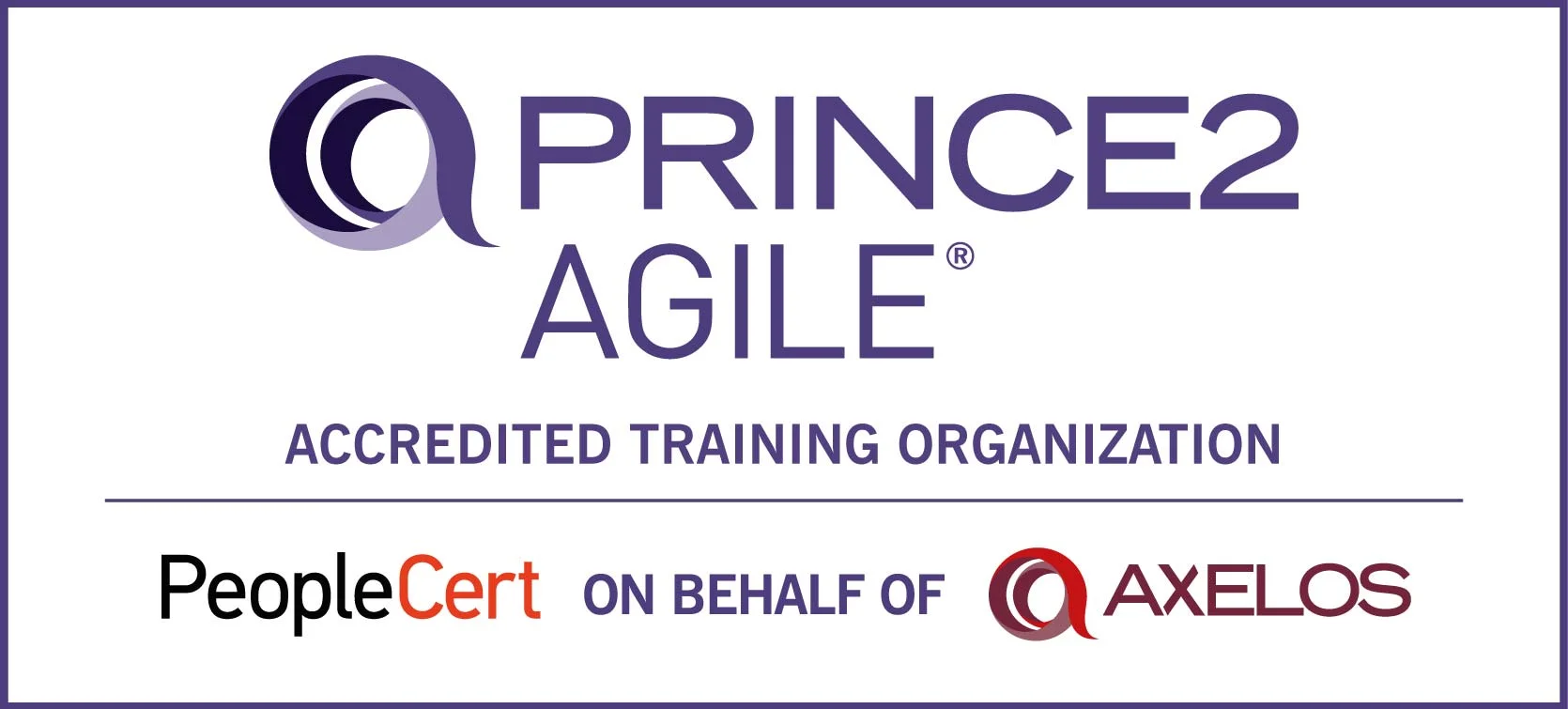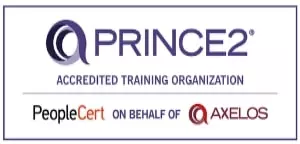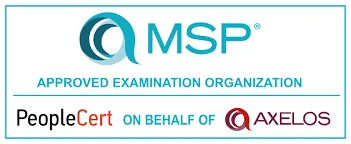What is ISO 9001?
ISO 9001 is a global standard that helps organizations deliver products and services consistently while meeting customer requirements. At its core, it’s about quality management. Businesses following ISO 9001 aim to improve processes, reduce errors, and ensure customer satisfaction.
For a deeper dive into ISO 9001, its principles, implementation tips, and real-world benefits, explore our comprehensive guide on ISO 9001 certification and quality management.
What is ISO 45001?
ISO 45001 is all about protecting the most valuable asset in any organization, its employees. This standard provides a framework for managing occupational health and safety (OH&S) risks. The goal is to prevent work-related injuries and illnesses, creating a safe and healthy workplace.
Key elements of ISO 45001 include:
- OH&S policy: A clear commitment from leadership to maintain workplace safety.
- Hazard identification and risk assessment: Spotting potential dangers before they cause harm.
- Hazard control and emergency preparedness: Implementing measures to reduce risks and preparing for emergencies.
- Monitoring, measurement, and incident investigation: Tracking safety performance and learning from incidents.
- Continual improvement: Continuously enhancing safety measures and employee wellbeing.
Example in practice: A construction company using ISO 45001 ensures workers wear safety gear, receive proper training for working at heights, and that hazards are controlled. The focus is on preventing accidents before they happen, not just reacting after they occur.
ISO 45001 promotes a proactive safety culture. Employees feel valued and protected, which also improves morale and productivity.
Key Differences Between ISO 9001 and ISO 45001
So, what is the difference between ISO 9001 and ISO 45001? Let’s break it down:
| Feature | ISO 9001 | ISO 45001 |
| Focus | Quality management & customer satisfaction | Workplace health & safety |
| Objective | Improve processes, reduce defects | Prevent injuries, ensure safety |
| Scope | Processes affecting products/services | Processes affecting employee safety |
| Applicable | Any industry | Any industry |
| Core Requirements | Process approach, continuous improvement, risk-based thinking | Hazard identification, risk assessment, compliance |
| Certification Benefit | Quality consistency & trust | Safer workplace & compliance |
ISO 9001 drives performance through quality, ensuring customers are satisfied. ISO 45001 protects employees and minimizes workplace risks. Both standards focus on continual improvement, but in different areas, quality vs safety.
When businesses implement both, they get a comprehensive system that balances product excellence with employee welfare.
Why Organizations Should Consider Both
Implementing ISO 9001 and ISO 45001 together creates a stronger, more resilient organization. Here’s why it matters:
- Strengthens business reputation: Customers see consistent quality, while employees experience a safe working environment.
- Enhances stakeholder trust: Satisfied customers and safe employees build long-term confidence.
- Reduces risks and costs: Product defects and workplace accidents both carry financial and operational risks. Managing both improves efficiency.
- Creates a holistic management system: Organizations can simultaneously focus on performance and people, creating sustainable growth.
Companies that integrate these standards often report higher employee engagement, better customer retention, and smoother regulatory compliance. It’s not just about ticking boxes, it’s about creating a culture of excellence and safety.
Key Benefits of Implementing Both Standards
Adopting ISO 9001 and ISO 45001 together doesn’t just cover compliance, it drives real results:
- Operational efficiency: Processes are streamlined, reducing errors in production and minimizing workplace incidents.
- Employee satisfaction: Safe and structured workplaces increase engagement and morale.
- Customer confidence: High-quality products and services strengthen brand reputation.
- Risk reduction: Both product/service failures and occupational hazards are systematically managed.
- Continuous improvement: Integrated audits and reviews ensure that both quality and safety evolve with business needs.
A combined approach transforms the organization into one that’s resilient, competitive, and trusted by employees and customers alike.
Common Misconceptions
Many organizations wonder if they need both standards or if one is enough. Here are a few clarifications:
- “ISO 9001 covers safety too.” → False. ISO 9001 focuses on quality management, not occupational health or safety.
- “ISO 45001 is just about rules and paperwork.” → False. It’s about creating a culture of safety that actively reduces accidents and protects employees.
- “Integrating both is complex.” → Not necessarily. A well-structured management system can combine audits, processes, and improvement initiatives, saving time and resources in the long run.
Understanding these points helps leadership make informed decisions about implementing both standards efficiently.
Practical Examples
- Manufacturing Company: Implements ISO 9001 to ensure each product meets specifications and ISO 45001 to keep assembly line workers safe. Reduced defects and fewer workplace injuries boost profitability and morale.
- Construction Firm: ISO 9001 ensures project deliverables meet client expectations; ISO 45001 reduces accidents on-site. Both standards together improve client trust and employee retention.
- IT Organization: ISO 9001 improves software quality and delivery timelines, while ISO 45001 ensures ergonomics and mental health programs for employees. Enhances productivity and reduces burnout.
These examples show that what is the difference between ISO 9001 and ISO 45001? It isn’t just academic; it directly impacts business operations and people.
Conclusion
So, what is the difference between ISO 9001 and ISO 45001? In short, ISO 9001 guarantees quality for customers, and ISO 45001 guarantees safety for employees. Both are essential for organizations aiming for sustainable success. Together, they create a balanced system where business performance and human well-being go hand in hand.
Implementing both standards isn’t just about compliance; it’s about building a trustworthy, resilient, and high-performing organization.
Next Steps
Ready to take your skills to the next level? NovelVista’s ISO 9001 Lead Auditor Certification Training equips you with practical knowledge to implement, audit, and improve quality management systems confidently. Learn from industry experts, gain hands-on experience, and enhance your career or your organization’s operational excellence.
Enroll today and start driving measurable improvements in quality while understanding how ISO 45001 complements your safety management goals.Frequently Asked Questions
Author Details

Mr.Vikas Sharma
Principal Consultant
I am an Accredited ITIL, ITIL 4, ITIL 4 DITS, ITIL® 4 Strategic Leader, Certified SAFe Practice Consultant , SIAM Professional, PRINCE2 AGILE, Six Sigma Black Belt Trainer with more than 20 years of Industry experience. Working as SIAM consultant managing end-to-end accountability for the performance and delivery of IT services to the users and coordinating delivery, integration, and interoperability across multiple services and suppliers. Trained more than 10000+ participants under various ITSM, Agile & Project Management frameworks like ITIL, SAFe, SIAM, VeriSM, and PRINCE2, Scrum, DevOps, Cloud, etc.
Course Related To This blog
ISO 9001:2015 Lead Auditor Training and Certification
Confused About Certification?
Get Free Consultation Call

